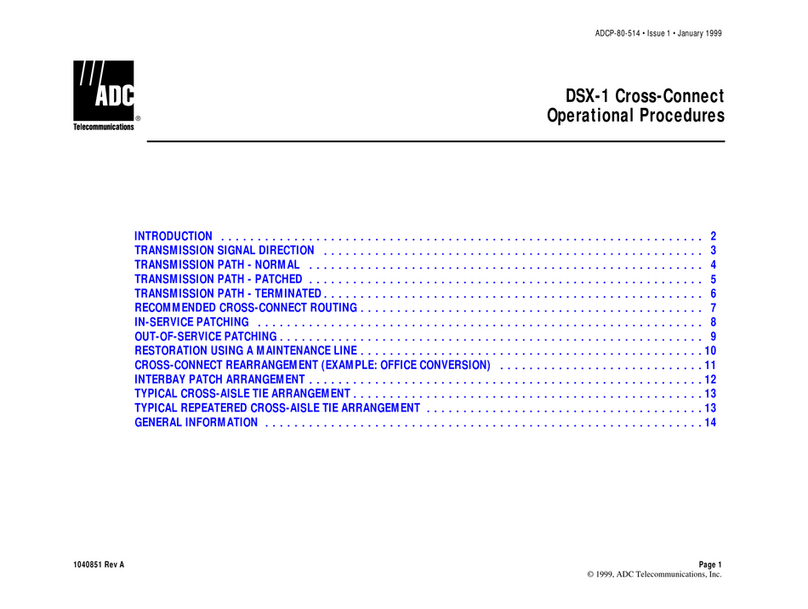
AN11001 All information provided in this document is subject to legal disclaimers. © NXP B.V. 2011. All rights reserved.
Application note Rev. 1 — 7 March 2011 7 of 17
NXP Semiconductors AN11001
CBTL02042A switching application for mSATA, PCIe Mini-Card
4. Mini-Card/mSATA routing guidelines (summary)
High-speed signals on Mini-Card and mSATA devices are listed in Table 3. PCB design
must follow general guidelines of these high-speed signals as suggested by the chip set
manufacturer. This section briefly discusses these guidelines.
4.1 PCI Express routing guideline (without multiplexer in topology)
The Mini-Card topology supports up to four vias for each transmit or receive differential
signal, with maximum of 10 inches (25.4 cm) of trace length from chip set pin to the
Mini-Card connector. Maximum trace length includes all routing sections, including
breakout region from the chip set, main route, and breakout region to the connector.
Length mismatch within the differential pair should not exceed 5 mils. If signals can be
routed without switching to a different layer, less vias will be used, and impedance change
of the differential pairs can be avoided as well.
Figure 4 illustrates the required routing for PCI Express differential signals from chip set to
a Mini-Card connector. The PCIe interface is an x1 link and can be routed to different
devices at varied locations of the board, it is practical to route TX signals and RX signals
of each link next to each other on the same PCB layer.
•Total trace length from chip set pin to Mini-Card connector should not exceed
10 inches (25.4 cm). If at all possible, it is recommended to route the signals on the
top layer with no vias.
•Maximum main route length should not exceed 8 inches (20.32 cm), and should
include maximum of one via in the main route region for each signal. Route the main
route signals on the PCB top layer if possible so that the trace can be connected to
AC coupling capacitors (also located on the top layer) directly.
•Trace length in the breakout area near chip set side and connector side should be
limited to be less than 0.5 inch (1.27 cm). Similar to main route, maximum of one via
in each breakout region is allowed.
•AC coupling capacitors with values of between 75 nF and 200 nF for the transmit
signals should be located near the connector side. RX signals on the motherboard
sides do not require AC coupling capacitors since those capacitors are located on the
device side.
Table 3. Mini-Card/mSATA high speed signals
Card type Signal name Description
Mini-Card PETp0, PETn0 PCI Express Tx differential pair
PERp0, PERn0 PCI Express Rx differential pair
mSATA +A, A SATA Tx differential pair
+B, B SATA Rx differential pair




























